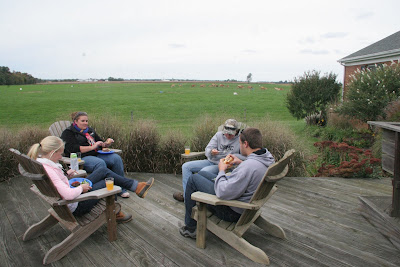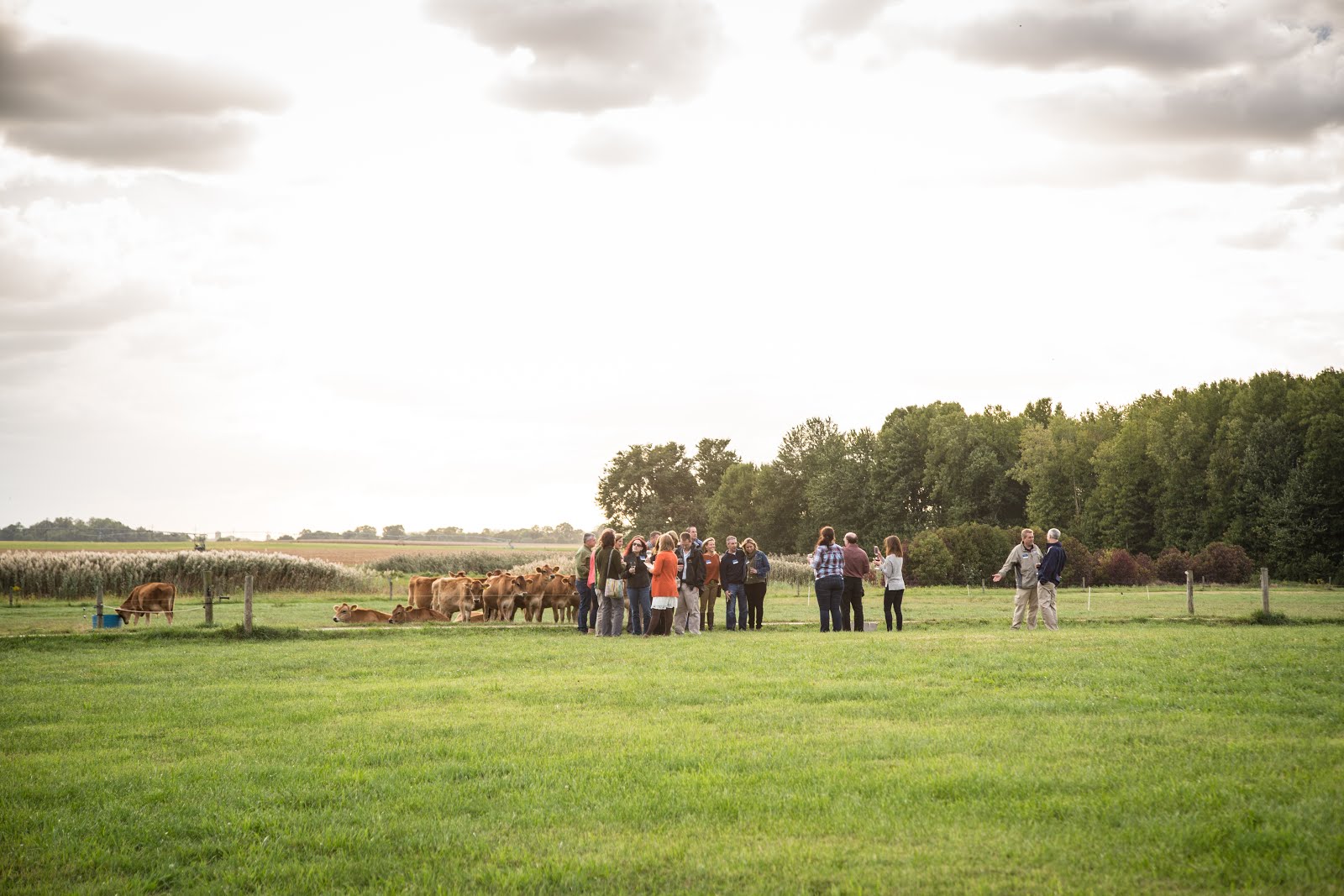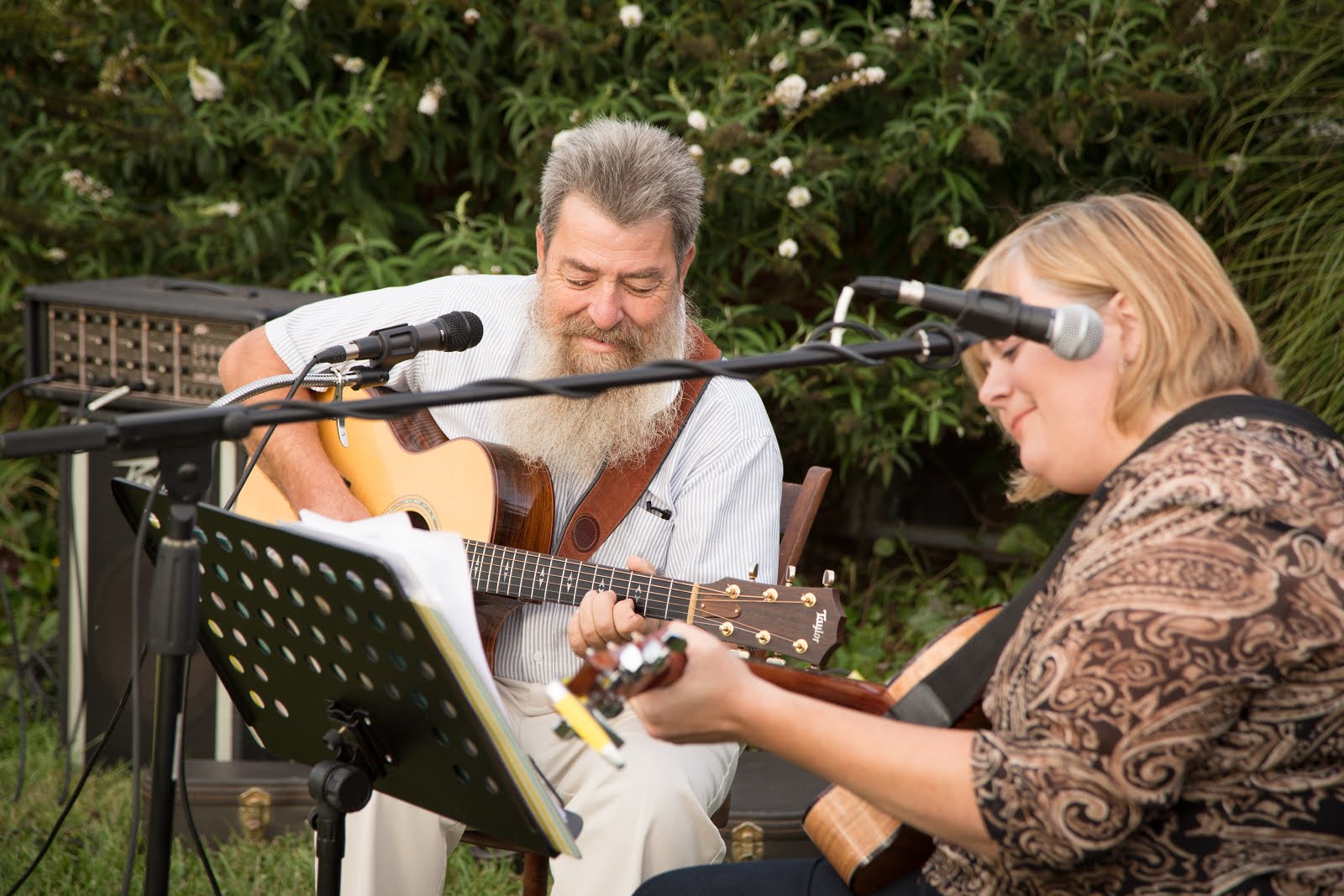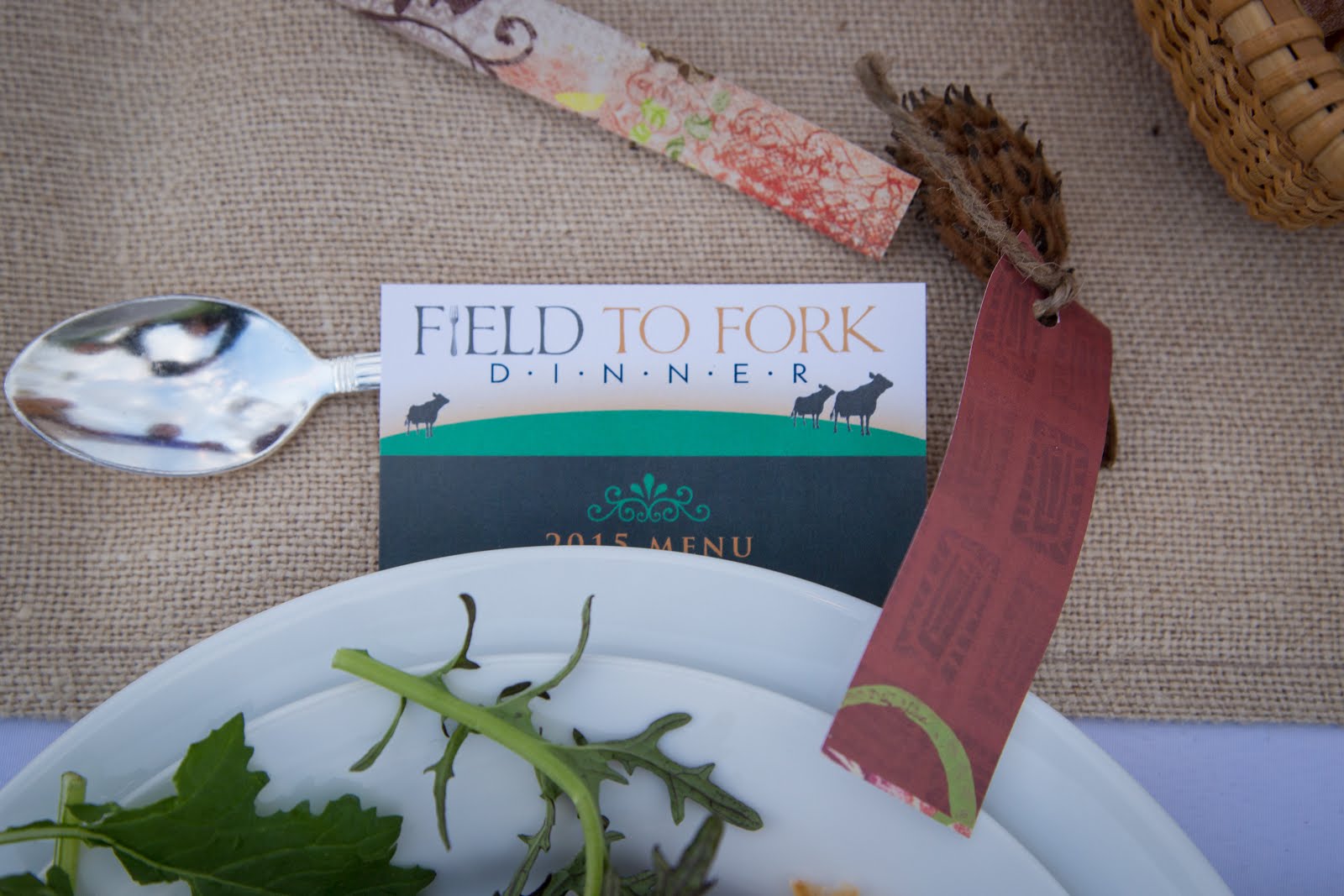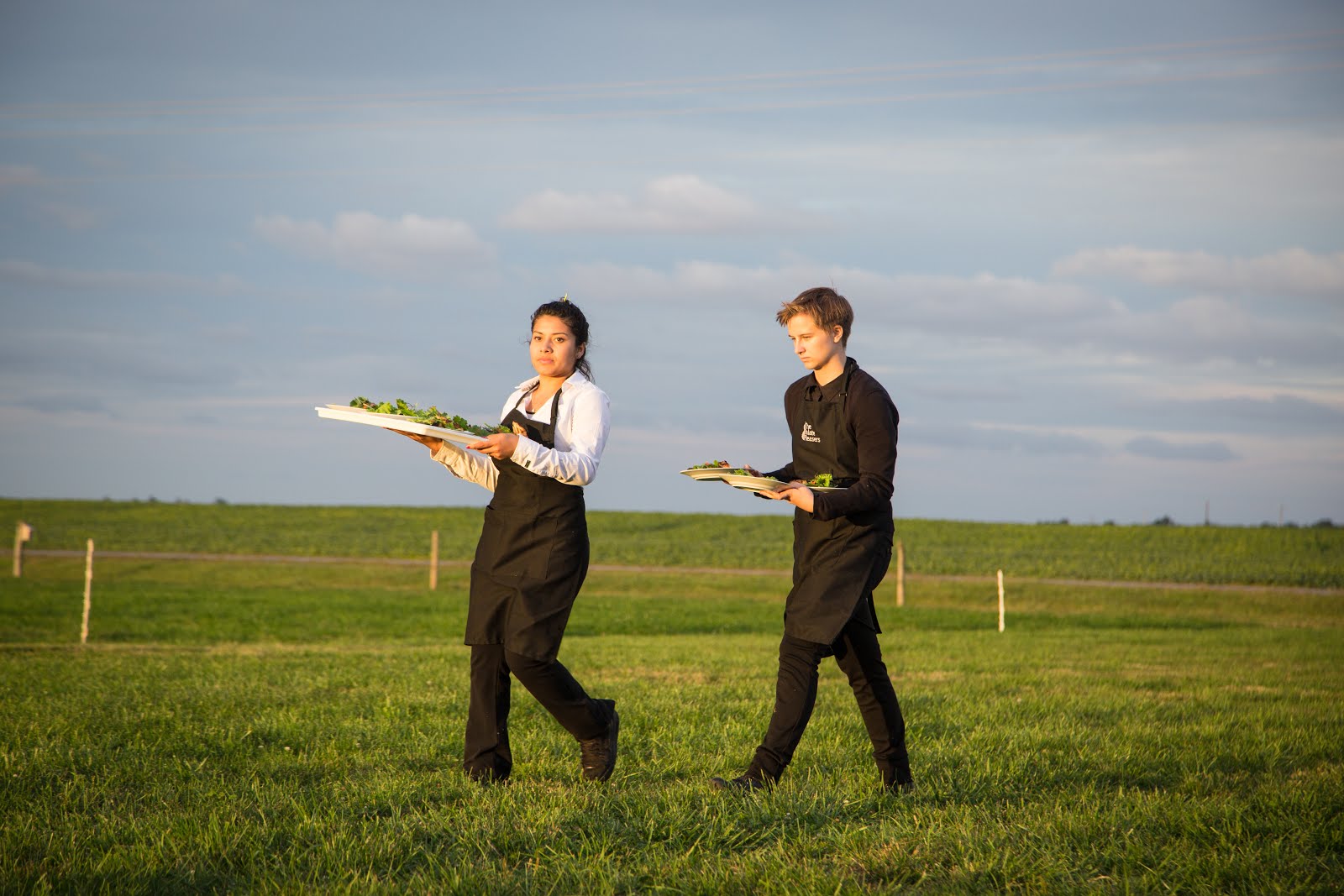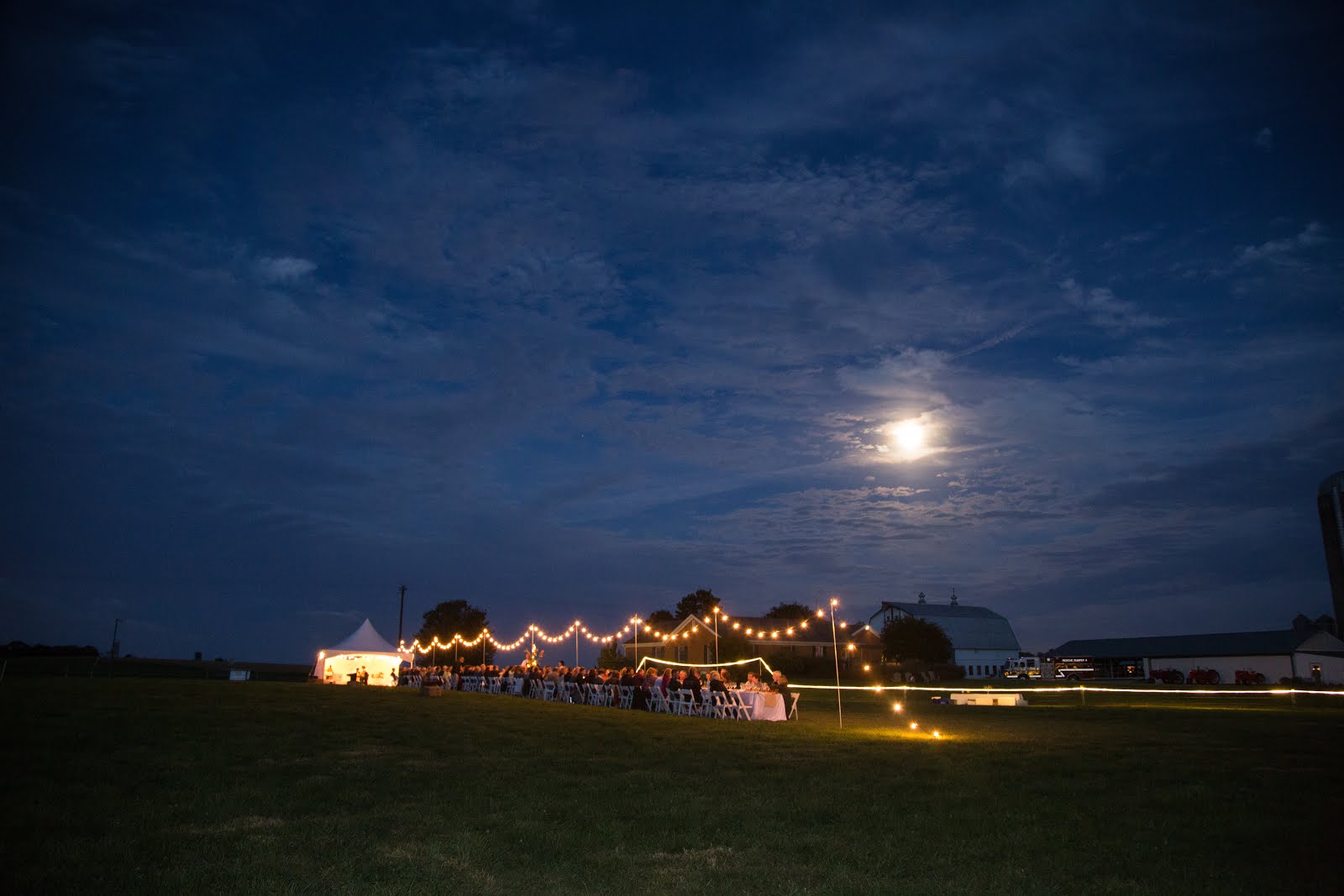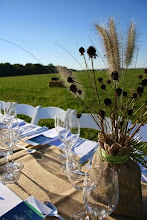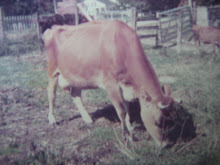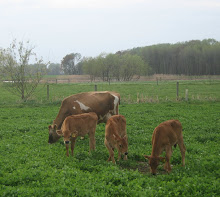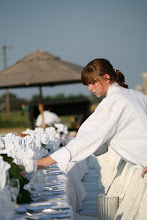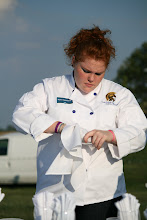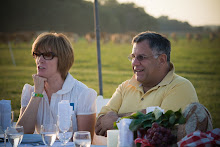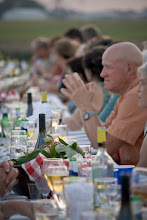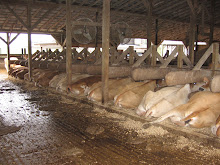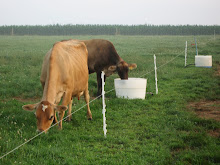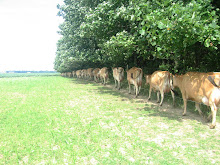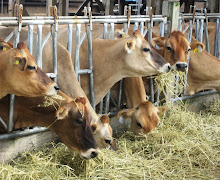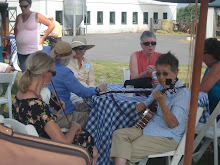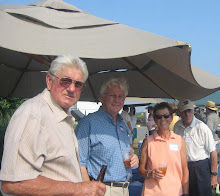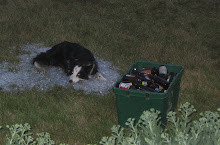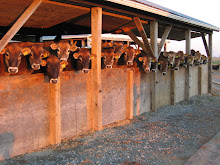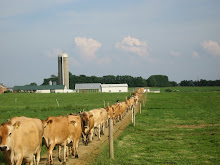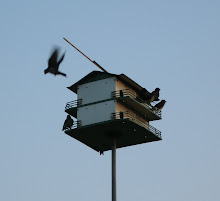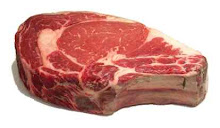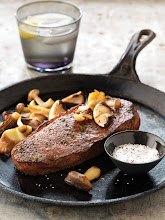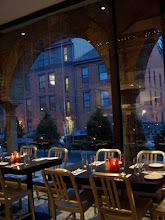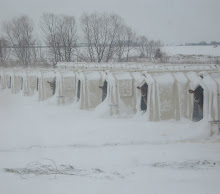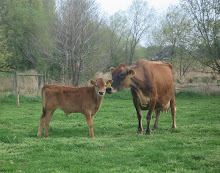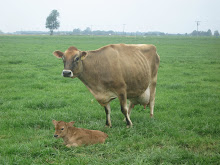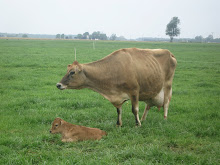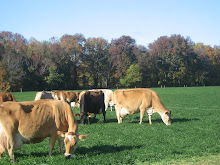
The second Field to Fork dinner, an event designed to showcase local agriculture in an
al fresco setting was enjoyed by 80 guests on October 3rd. Luck was certainly with us as the storms predicted earlier in the week stayed south, leaving us with warm temperatures and clear skies- perfect for enjoying the beautiful sunset and amazing full moon.


Special thanks to Chef David Perry of Casual Caterers in
Stevensville for his creative touches. The hydrangeas looked lovely with the lanterns and the firefly lights were charming. The food was absolutely delicious. Much of the credit goes to Dave for designing and creating such a fabulous menu. Freshness is the other component of this fantastic meal. Everything was picked, baked or churned within days of the dinner. The milk for the oyster stew was from that evening’s milking.

2009
Field to Fork Dinner Menu
Hot Apple Cider with Rum
(Lockbriar Farms, Chestertown)
Oyster Stew with Fresh Jersey Milk (Choptank River Farmed Oysters)(St. Brigid's Farm, Kennedyville)
Arugula Salad with Chapelle Cave Aged Cheddar
and Balsamic Vinaigrette
(Colchester Farm, Georgetown)(Chapel's Country Creamery, Easton)
Rustic French and Sunflower Bread
with Homemade Butter from Land O' Lakes Cream
(Feast of Reason, Chestertown)
(St. Brigid's Farm, Kennedyville)
Grilled London Broil with olive oil, herb, wine marinade
with Madeira Sauce
(St. Brigid's Farm, Kennedyville)
Grilled Fingerling Potatoes
(Colchester Farm, Georgetown)
Grilled Butternut and Acorn Squash with Fresh Apples seasoned with Cinnamon and Apple Cider (Arnold Farms, Chestertown)
(Redman Farms, Chestertown)
Fresh Apple Pie with Chapel Cheddar
(Lockbriar Farms, Chestertown)
(Chapel's Country Creamery, Easton)
Homemade Pumpkin Pie with Chantilly Cream
(Arnold Farms, Chestertown)

The dinner raised just over $1,000 for Art Hock’s campaign for the Maryland House of Delegates. More important though is the conversation we have started with Art about the issues facing those of us who are working the land. We wanted to bring together farmers, consumers, and local politicians in a special setting for great discussion about production agriculture, quality food, and a sustainable lifestyle.
Thanks to Mattie Meehan and Kurt Kolaja for their photography at the dinner. We appreciate very much their view from the lens and willingness to share with all of you.





